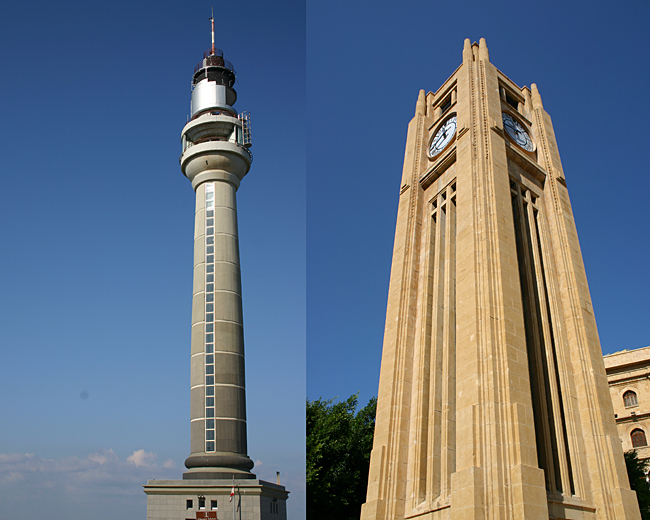Note: This article pertaining to A Day in Beirut in Lebanon. was originally published on Friday, August 22, 2014 at 4:55 in the afternoon and has been updated.
I strolled around the northwestern portion of the city — including the city centre, the walkway along the Mediterranean Sea, and the Verdun section. The weather was sunny and hot, and the sky would have been clear if it not were for a few clouds in the sky towards the west.
A Day in Beirut in Lebanon.
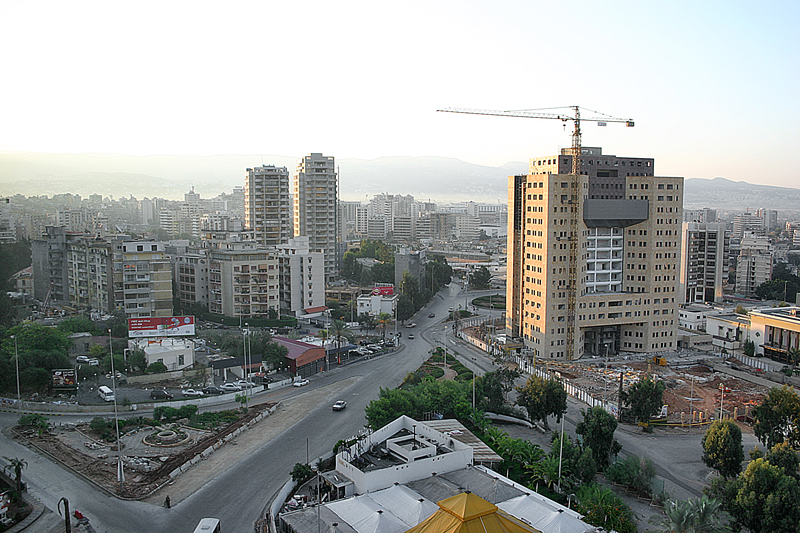
I looked to the north to see the mountains; and as I walked, I imagined residents retreating to those mountains as the war progressed and intensified.
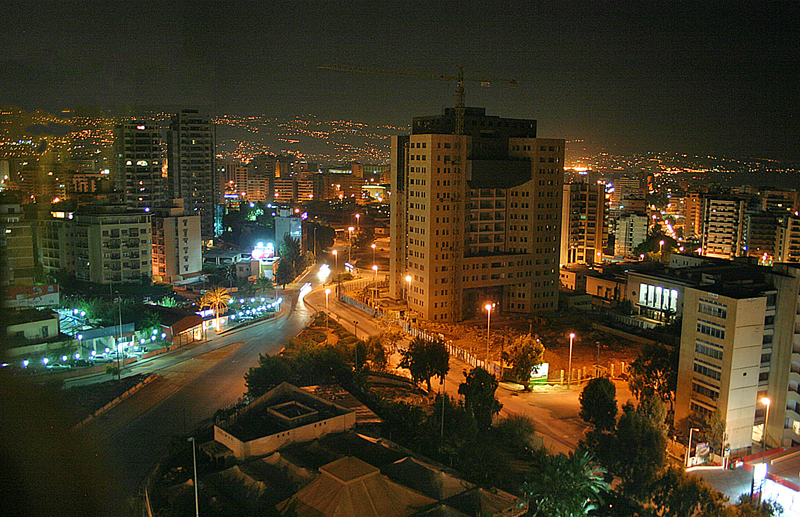
Although the street lights were in operation in Beirut, many of the traffic lights were not for some reason.
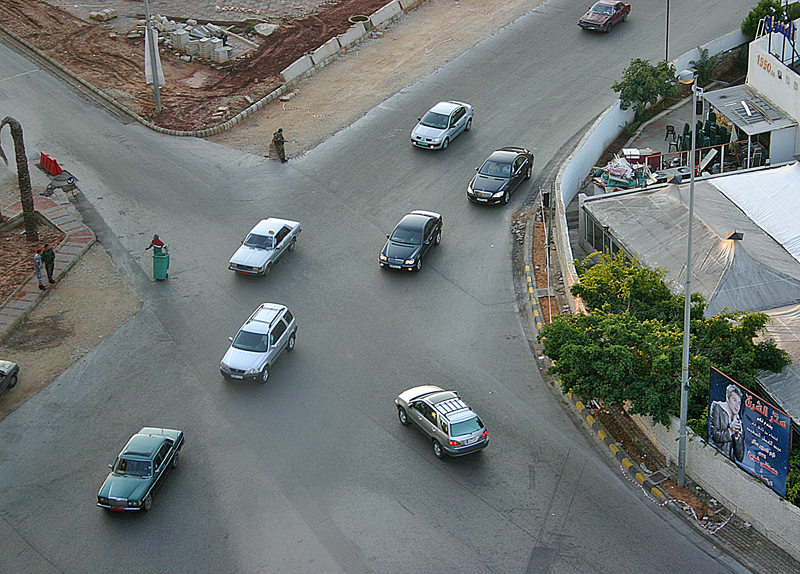
Cars seemed to randomly cross intersections, narrowly avoiding accidents. The intersection shown in the photograph above had no traffic control devices, from what I could determine. There were many times where I was sure that an accident would happen as I looked out from the window of my hotel room.
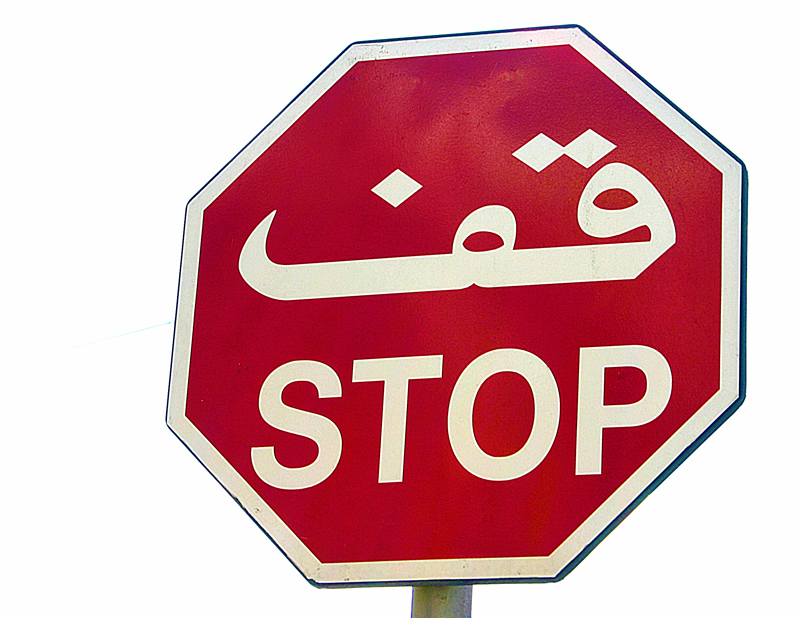
I know…it is just a stop sign…but I thought it was cool. Perhaps the intersection shown in the photograph above this photograph could use a few of these?
A good friend who I know lives on a kibbutz in Israel just south of the fenced border with Lebanon. I thought about him hearing the rockets exploding and the shells narrowly missing his home. I also thought about the destruction south of here in both Lebanon and Israel, both of which I was unable to see from where I was located.

I must say that I could not have felt any safer walking around Beirut when I was there in 2006 — including at the clock tower in the Beirut Central District, which was rather peaceful and quiet when I visited — just as the violence in the war between Lebanon and Israel was waning. The city was under construction — not destruction — as it was experiencing yet another renaissance. Tall buildings were being built in many places — including what was to be the then-new Four Seasons hotel near the American University. There was a vast influence of culture from the United States in addition to the European and Arabic cultures, which includes virtually every American fast-food chain from Chili’s to McDonald’s.

I also had some traditional Lebanese food for breakfast, including grilled halloume and labneh, as well as hummus — and they were quite tasty. I also had a chocolate bread, made with generous portions of dark chocolate swirled throughout it. It was interesting and delicious.
As I walked south from the neighborhood of Verdun to the neighborhood of Jnah only a block or two east of the Mediterranean Sea, I began to notice a somewhat drastic change in the Beirut landscape…
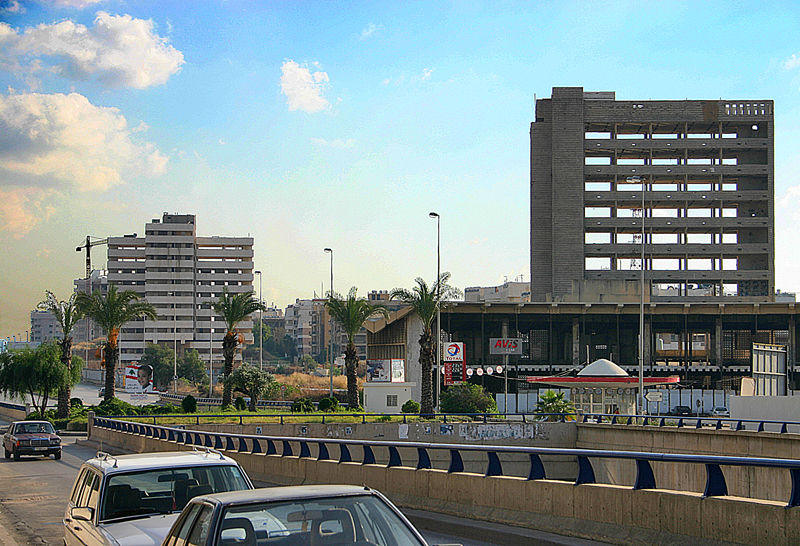
…as I saw apartment buildings that appeared to have been destroyed. Some of the buildings were completely gutted; some were simply the outer shells with no interior; others appeared to have simply crumbled. There were whole city blocks with nothing occupying them but garbage and weeds. Empty buildings are a reminder that true peace is still a fleeting goal in Beirut.

It then occurred to me that Jnah is only minutes north of Beirut International Airport, which was attacked by Israeli forces from ships in the Mediterranean Sea during the war in 2006.
In stark contrast, plenty of new construction had already commenced in Jnah…
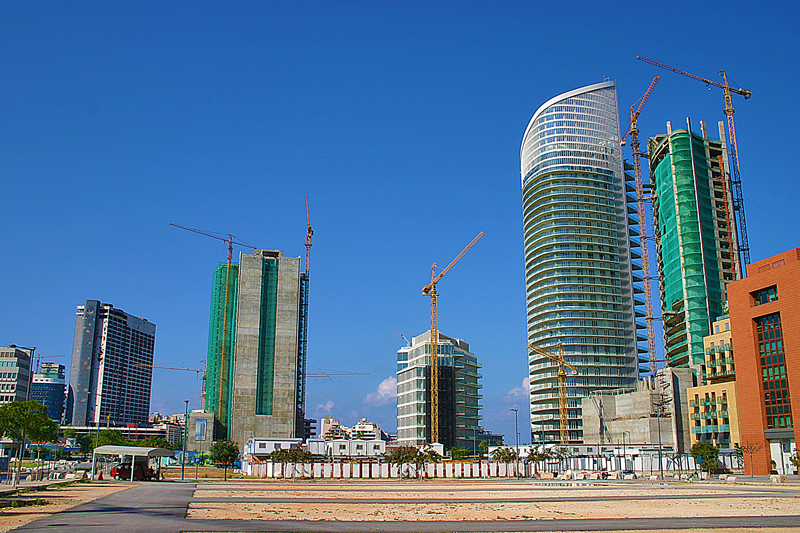
…and I realized that Beirut was filled with stark contrasts: old and new; destroyed and rebuilt; bustling and quiet. The construction of new buildings in the photograph above contrasted what appeared to be a bombed-out building on the left.
To some people, simply hearing the name Beirut conjures images of the ravages of war: bombed-out buildings, bullet-ridden walls, air raid sirens, and a longing for peace.
I would say that the longing for peace is probably the most accurate of those descriptions.
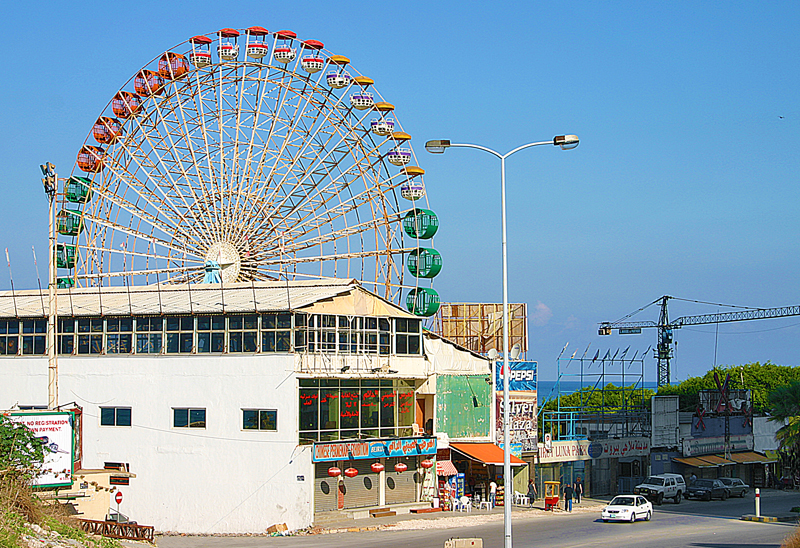
Is Beirut Luna Park — complete with a ferris wheel — a nod to Luna Park in Coney Island?

Beirut in the morning with the foot of a mountain in the background as it meets the Mediterranean Sea.

Old lighthouse.


The new Mohammad Al-Amin Mosque — or at least it was new in 2006.

Final Boarding Call
What originally prompted me to write this article and share some of my photographs with you was this article about wanting to tour a war zone written by Glenn of The Military Frequent Flier weblog; and Beirut was the closest I had come to that. The divided city of Nicosia in Cyprus comes close, I suppose — although I had no problem with crossing the militarized border from the Greek-influenced Cyprus with the Turkish-influenced Northern Cyprus.
Although I can understand the potential adrenaline rush, I personally would not actively seek to tour a war zone; but I also would not hesitate to visit Beirut if I had another opportunity to do so in the future.
All photographs ©2006 by Brian Cohen.
